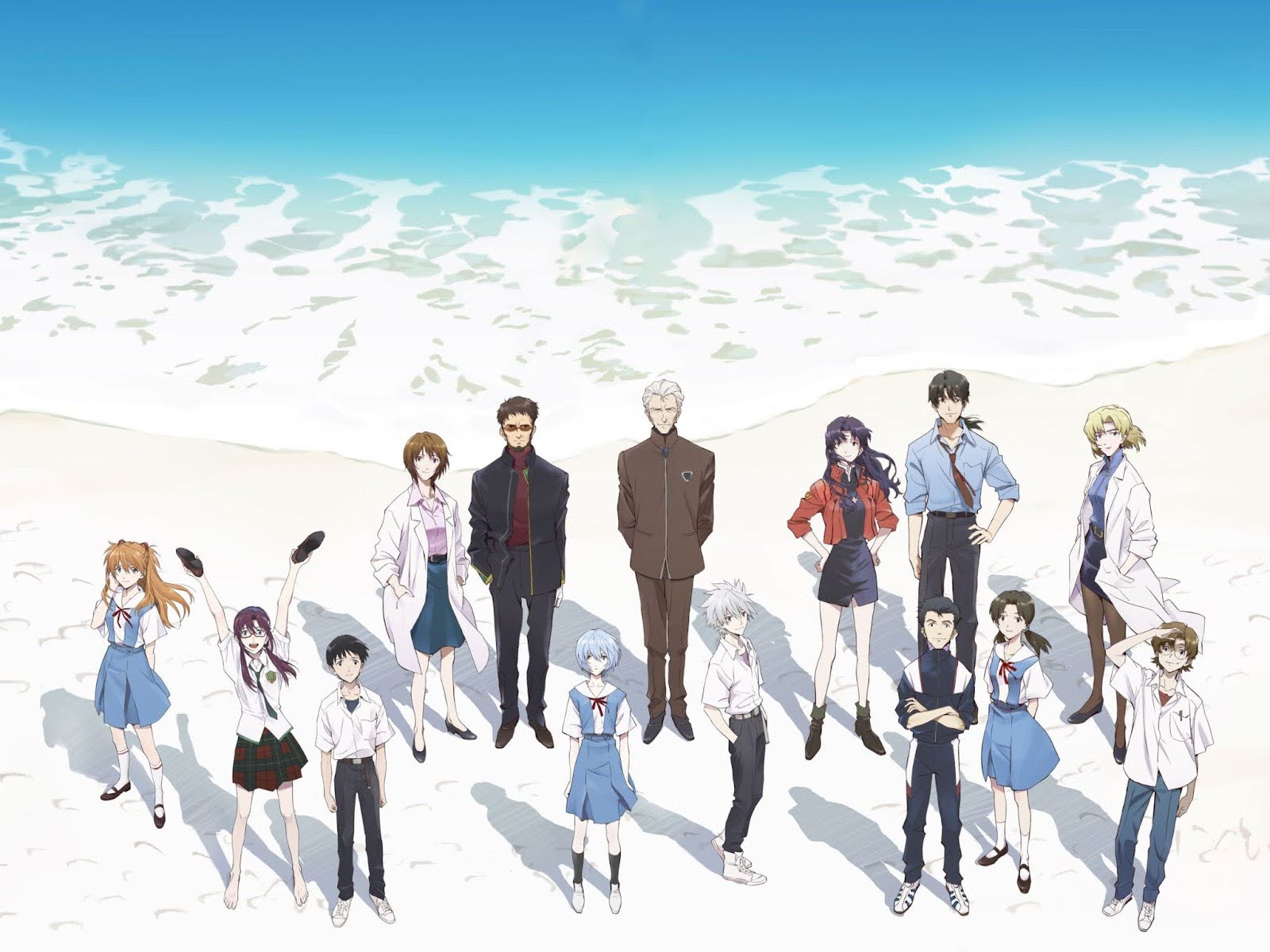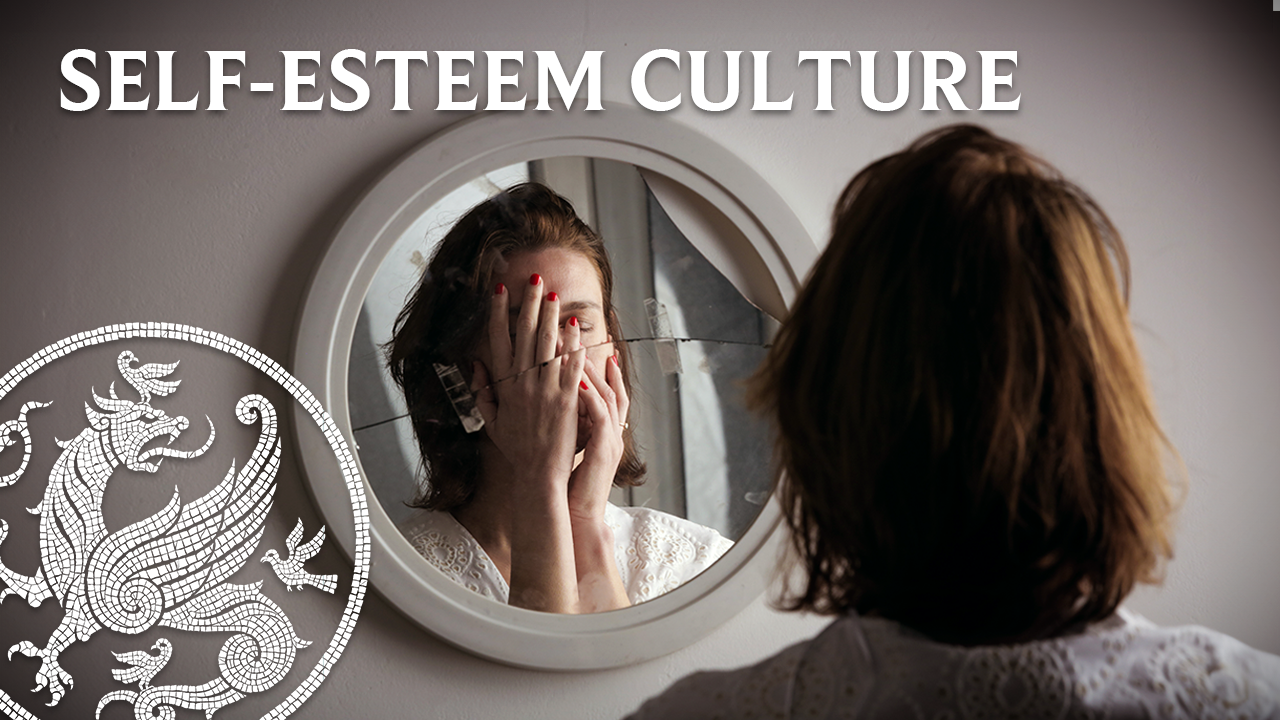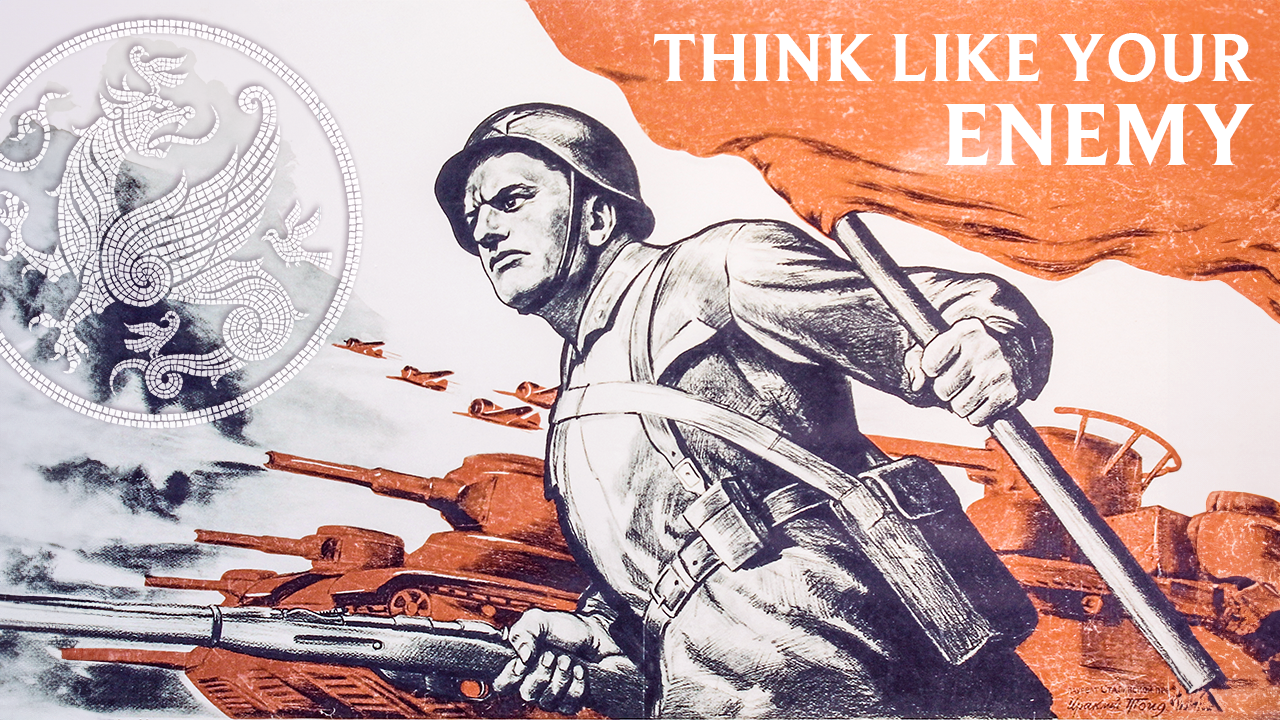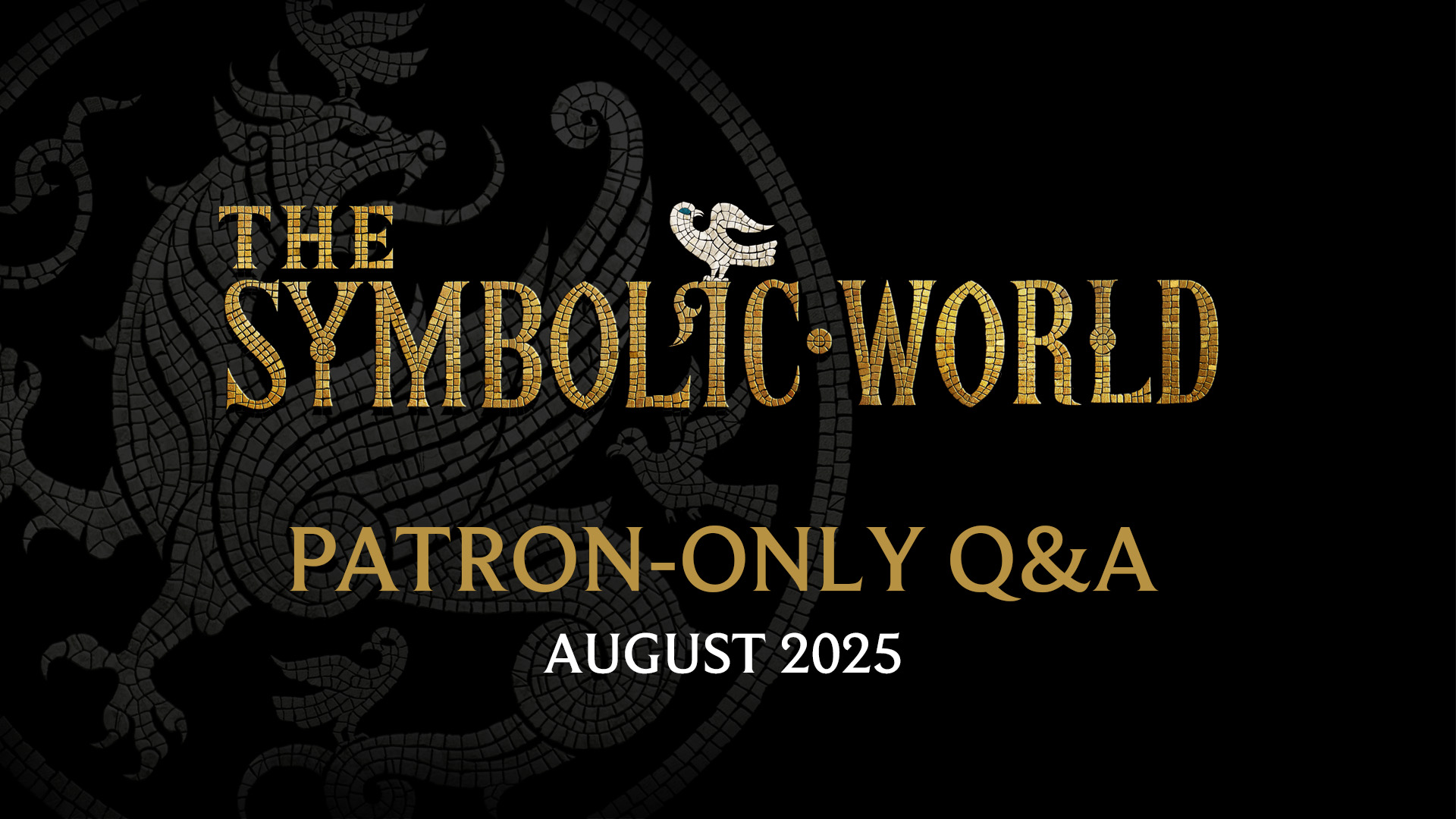Mercy’s Triumph Over Evil: From Middle Earth To Golgotha

Introduction
“What a pity that Bilbo did not stab that vile creature, when he had a chance!” Pity? It was Pity that stayed his hand. Pity, and Mercy: not to strike without need. And he has been well rewarded, Frodo. Be sure that he took so little hurt from the evil, and escaped in the end, because he began his ownership of the Ring so. With Pity.” — J.R.R. Tolkien 1
Recently, I’ve been spending quite a bit of time exploring the world of Middle Earth.
As I’ve been spending more and more time traversing Tolkien’s legendarium, I’ve discovered that there is a theme present in its narrative that runs throughout that we need to pay serious attention to. The theme that I’m referring to is the theme of mercy triumphing over evil. Not only am I convinced that we need to pay serious attention to this pattern, but I’m also convinced that we need to embody it in our own lives, especially in our current cultural moment where we see the pattern of revolution playing out more and more.
The Temptation of Power
Now, you may read what I just wrote and be tempted to say, “Mercy? What’s needed to triumph over evil isn’t mercy. Rather, what we need is power. We need to ensure that we’re doing all we can to take over this and that sphere of society so that we can fight power with power.”
I get the temptation to say that. Had I read what I wrote here two years ago, that would have been my answer to the majority of our cultural ills as well. However, one thing that spending time in Middle Earth has taught me is that this is the temptation of the Ring of Power.
It’s subtle, but this desire that seems to almost naturally well up from within us is the same temptation that Boromir experienced at the Council of Elrond when he insisted that the ring be given to Rohan so that they could use its power to defeat the enemy. Boromir serves as a cautionary tale to us all. Such desires to use power for good are, as we see in Tolkien’s philosophy, duplicitous. Though we may desire power for the sake of good, our fallen condition will not allow us to escape its dark allure, nor the Dark Lord’s eye. No one else may see us when we slip the Ring of Power on in secret, but he does.
Gandalf was quite wary of falling into such a trap. When presented the ring by Frodo in the Shire he quickly responded, “Do not tempt me! For I do not wish to become like the Dark Lord himself. Yet the way of the Ring to my heart is by pity, pity for weakness, and the desire of strength to do good. Do not tempt me! I dark not take it, not even to keep it safe, unused. The wish to wield it would be too great for my strength. I shall have such need of it. Great perils lie before me.” 2 Galadriel was also keenly aware of the ring’s dark charm. When Frodo presented the ring to her at Lothlorien her response was, “In place of the Dark Lord, you will set up a queen. And I shall not be dark, but beautiful and terrible as the morning and the night! Dreadful as the storm and the lightning! Stronger than the foundations of the earth. All shall love me and despair!” 3
This point — the temptation of power and control, I believe, deeply influenced Tolkien both personally and professionally. He had seen what the desire for power and control had done in the Great War, and he was not a fan of it. Such “progress,” he wrote in Mythopoeia, “leads only to a yawning abyss and Iron Crown of the power of evil.” 4
This is the reason why, later in life, he wrote to his son Christopher of his political leanings, saying, “My political opinions lean more and more to Anarchy (philosophically understood, meaning abolition of control not whiskered men with bombs).” 5 He was very aware by that point in his life that the temptation of power was too much, even for good men who promised to use it to snuff out evil.
It’s also the reason why characters like Morgoth, Sauron, and Saruman are pictured as attempting to re-order the world using power. They believe they know best, and they’re willing to use power as the means to accomplish that end. They are reformers who wish to force their reforms upon the world, disregarding the consequences of imposing change by force. In contrast, Hobbits want only to live in their traditional way, in their domain, with changes slowly flowing with the seasons, never imposed.
The Power of Mercy
This now brings us to Tolkien’s vision of how evil is overcome. If power cannot defeat power, how then is power defeated?
As the story climaxes in Return of the King, what finally led to the destruction of the Ring of Power at Mount Doom surprisingly wasn’t great power. In fact, at this point in the story, Frodo didn’t have great power to muster. He had been corrupted by the One Ring’s power, choosing it for himself rather than casting it into the fires where it was forged, tragically re-playing the part of Isildur. Rather, what led to the One Ring’s destruction was small acts of mercy. Small acts of mercy, by people of small stature, to be exact.
Frodo (and even Bilbo before him) had mercy upon the creature Gollum rather than killing him though he justly deserved it. Had it not been for that mercy extended in the caverns and the pools of Middle Earth, the One Ring would have done what it had always done. Frodo would have been taken by it and would have become like Gollum, bewitched by the power of the precious. And, had that happened, evil would not have defeated itself in the fires of Mount Doom with Gollum claiming the Ring for himself.
Though The Hobbit films have been subject to criticism by many, one must praise Peter Jackson for capturing the essence of Tolkien’s vision of mercy defeating evil in the scene of the White Council, with Gandalf saying, “Saruman believes it is only great power that can hold evil in check, but that is not what I have found. I found it is the small everyday deeds of ordinary folk that keep the darkness at bay. Small acts of kindness and love.” 6
Though Tolkien was (in)famous for speaking his mind and telling others, “that will not do,” I truly believe that scene would have brought a smile to his face.
Mercy In The True Myth
Now, in conclusion, I want to unfold to readers where I believe the source of this pattern is found.
I believe that this same pattern that runs through the beautiful Middle Earth mythos is also present at the heart of the Christian story, the True Myth as Tolkien came to call it. You see, in the story of Jesus, myth became fact upon the cruciform shape of the cross. There, evil was not overcome by great power. The Scriptures teach that Christ emptied Himself, taking upon Himself the form of a humble servant (Phil. 2:7). Rather, we see that evil is conquered with Christ laying His life down on His own accord in the greatest act of mercy ever undertaken.
The death of the Son of God defeated death. Death, in essence, defeated itself in this act, just like it did at Mount Doom. The Scriptures teach that in putting Christ to death upon the cross, the rulers and principalities — the forces of darkness, defeat themselves by doing so (Col. 2:15). It even goes as far as to say that had they known what they were doing, they would have never crucified Him (1 Cor. 2:8). And, it is for this reason why Christians for centuries now have been bellowing the victorious hymn during Easter that teaches “Christ is risen from the dead, trampling down death by death.”
This pattern wasn’t something that Tolkien invented out of thin air. He found it in the True Myth.
That brings me to the final thing that I want to say, which is this: In revolutionary times, this inversion of things is important to remember. The Spirit of Christianity is not revolutionary. We don’t change the world by storming political buildings, nor do we change the world by burning them to the ground. The world is not changed by confronting the powers only to take it for ourselves. Rather, it’s found in confronting the powers with mercy.
May we embody this pattern, becoming like Christ. Blessed are the merciful, for they shall receive mercy.
Linked Articles & Posts
Linked Premium Articles & Posts
- J.R.R. Tolkien. The Fellowship of the Ring, at 68-69. Houghton Mifflin, 1987.
- Ibid., 71.
- Ibid., 381
- Tolkien, Mythopoeia.
- Carpenter. The Letters of J.R.R. Tolkien, at 63.
- Jackson, Peter. “The Hobbit: Mirthrandir, Why The Halfling?” at 0:19. Youtube, May 2013.
MEMBERSHIP
Join our Symbolic World community today and enjoy free access to community forums, premium content, and exclusive offers.



.svg)



.svg.png)






Comments